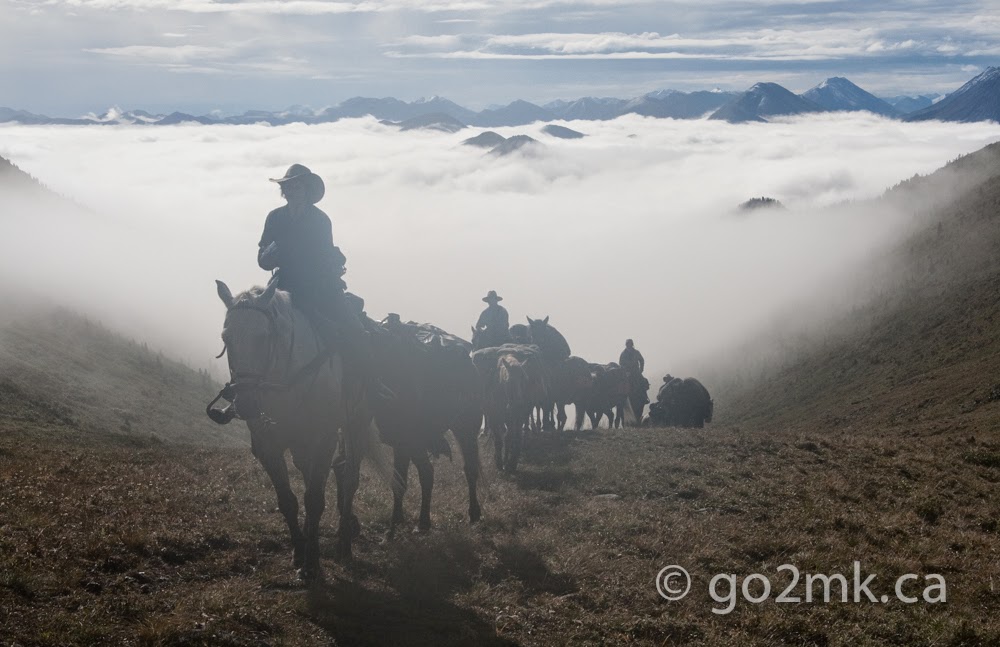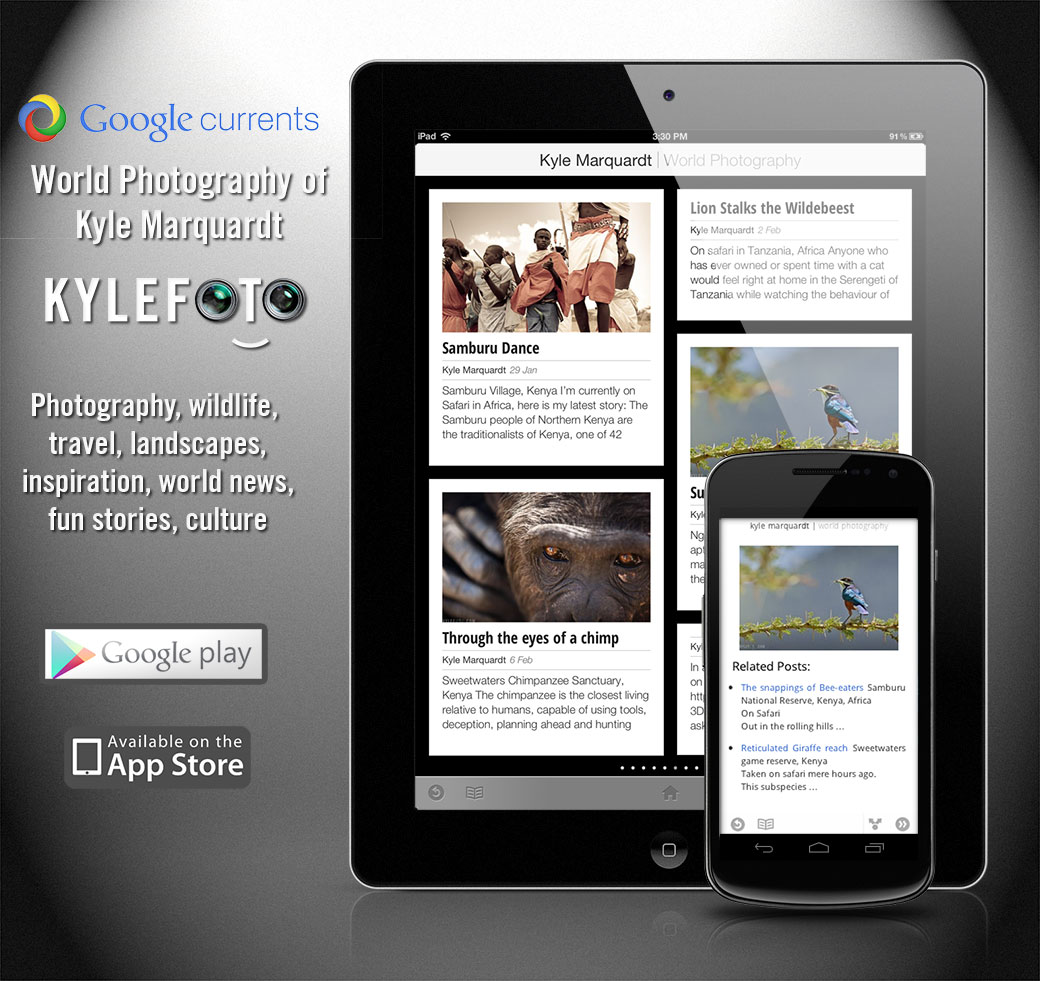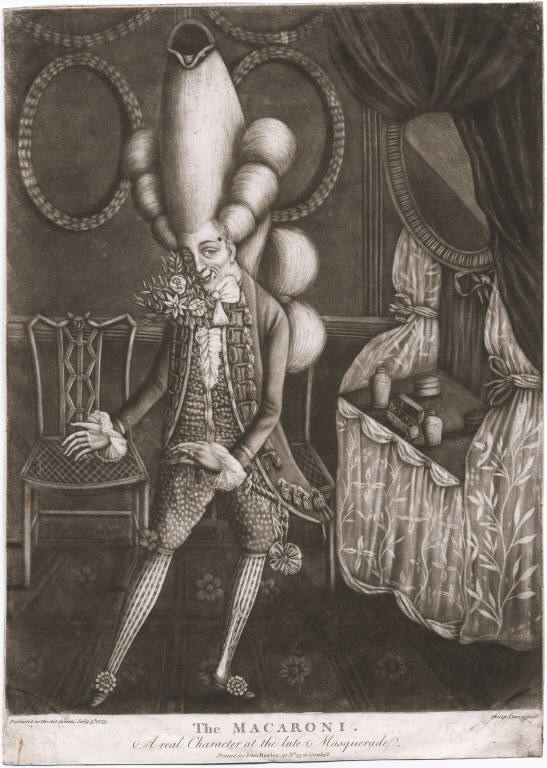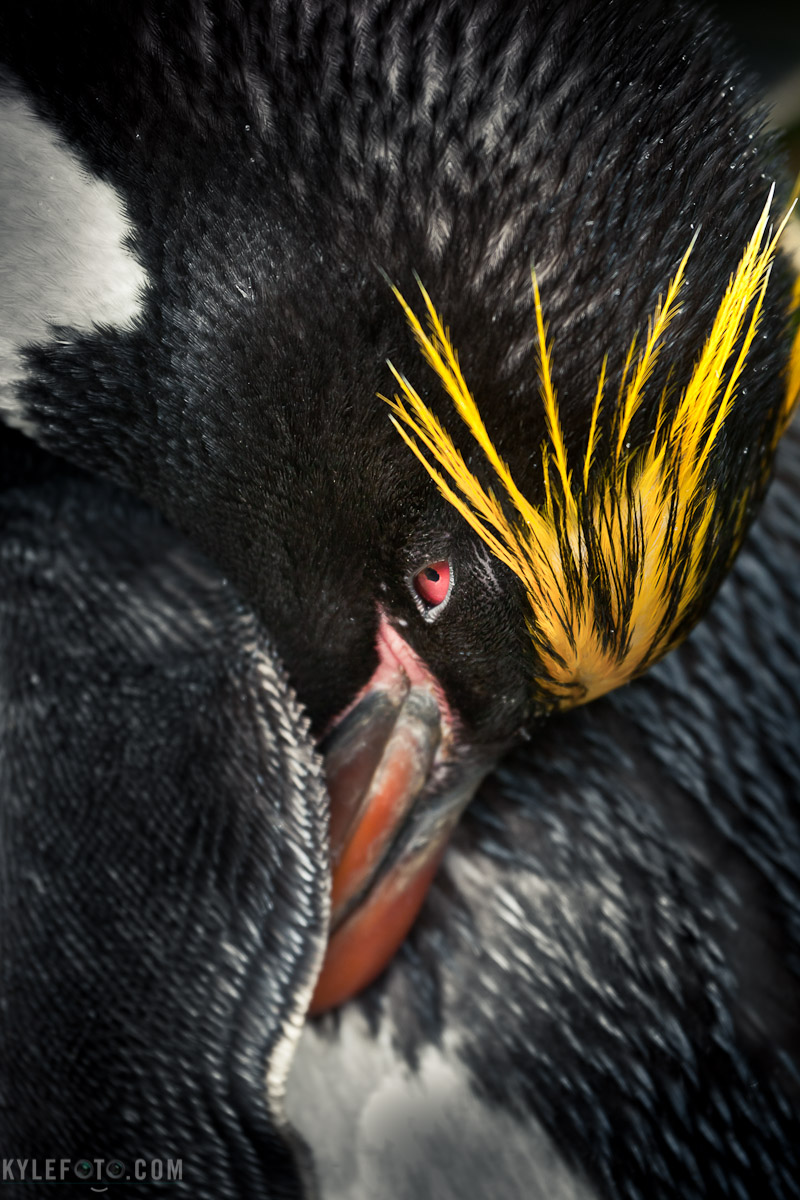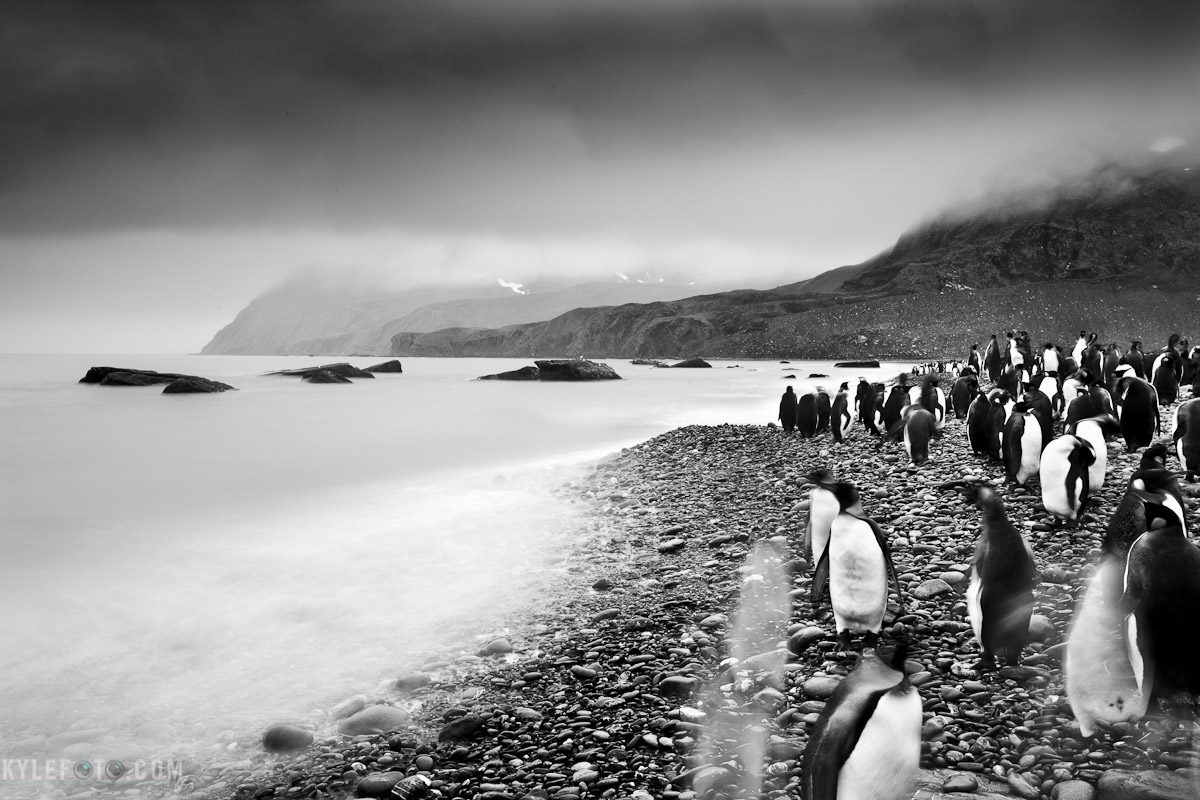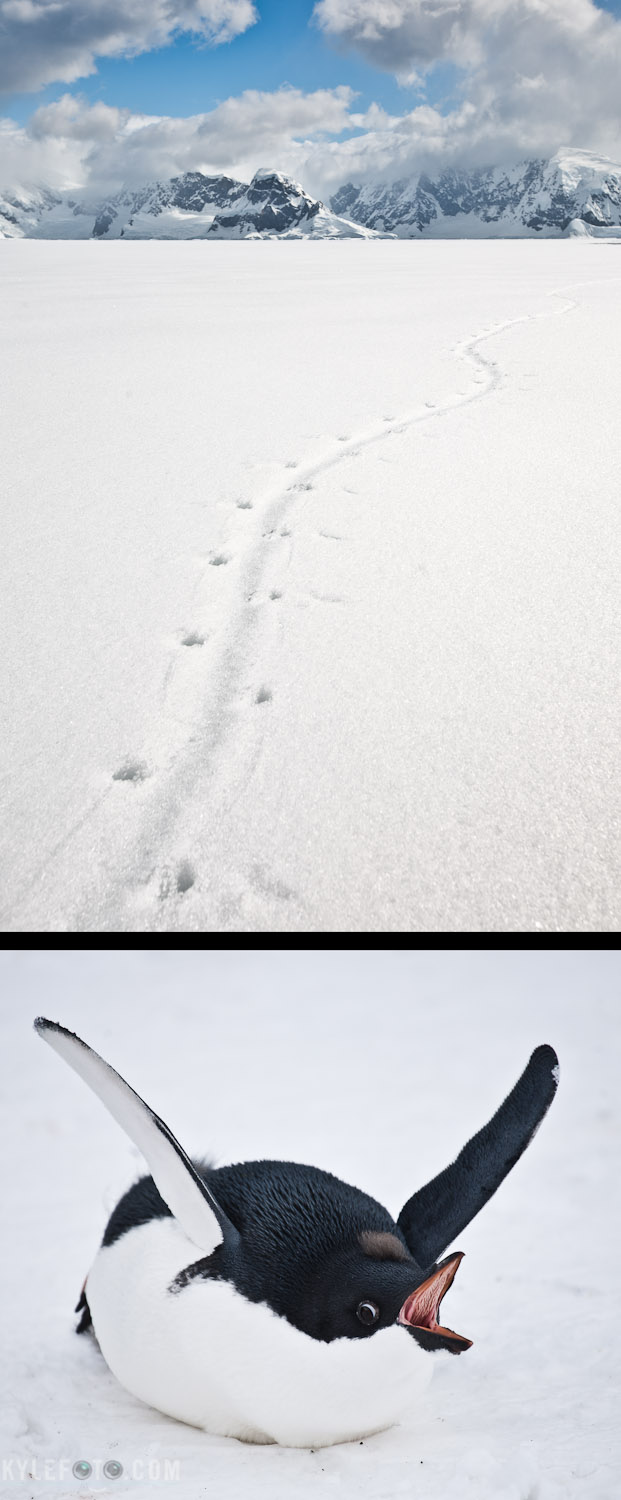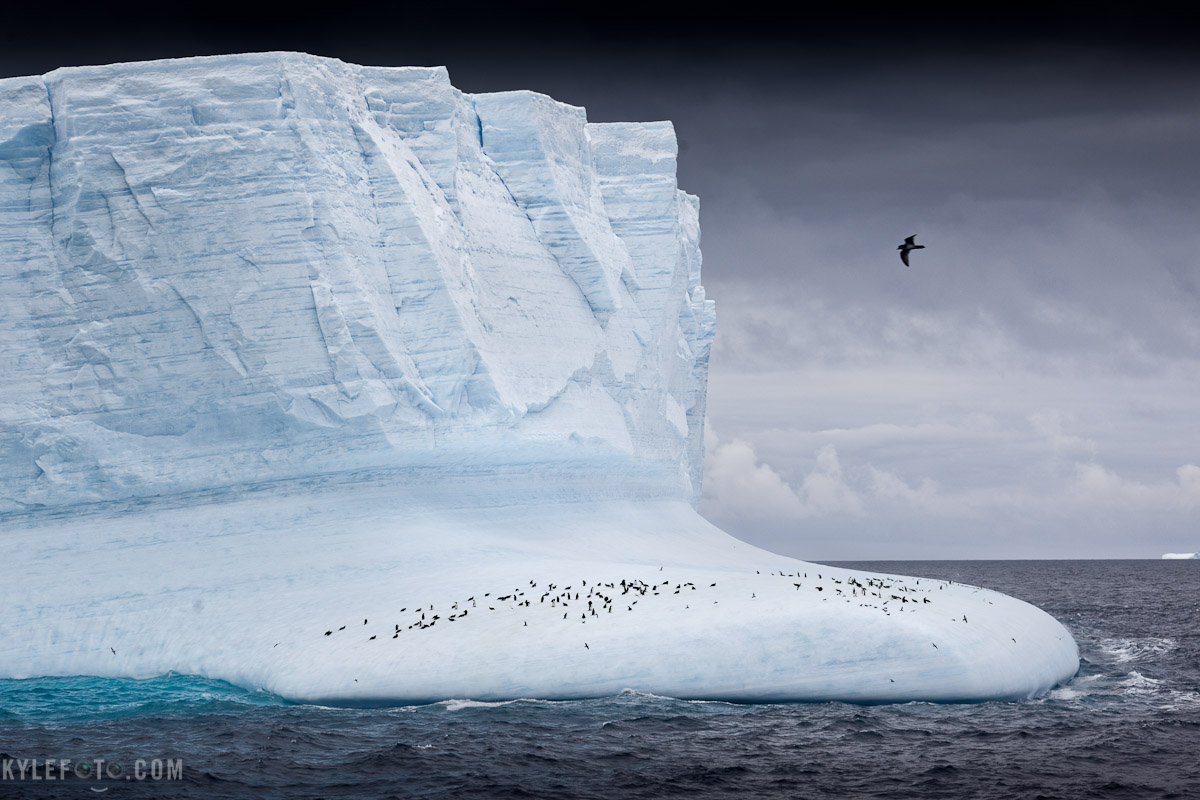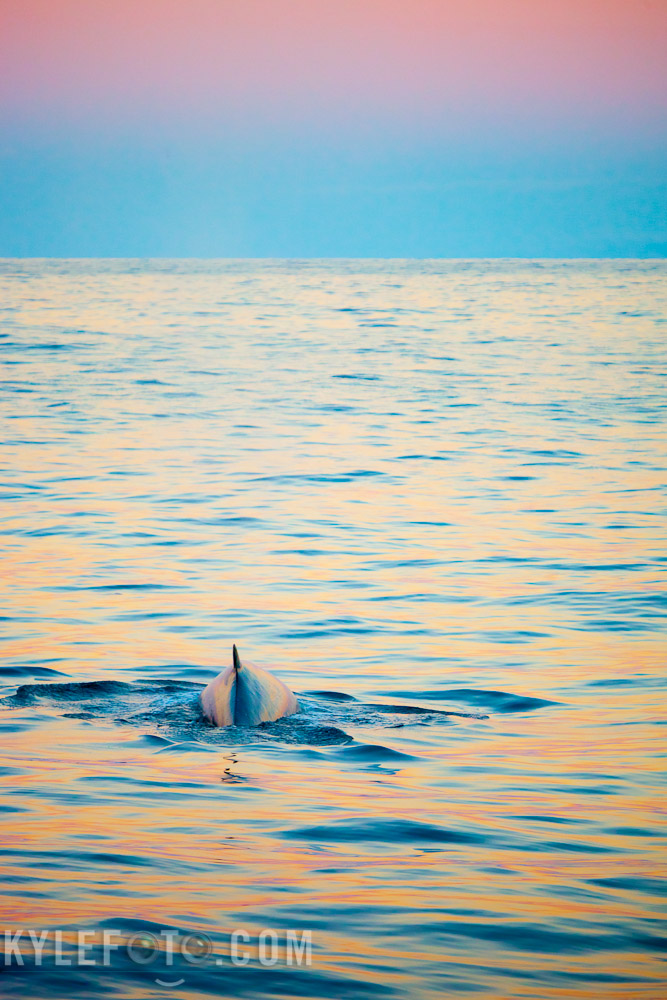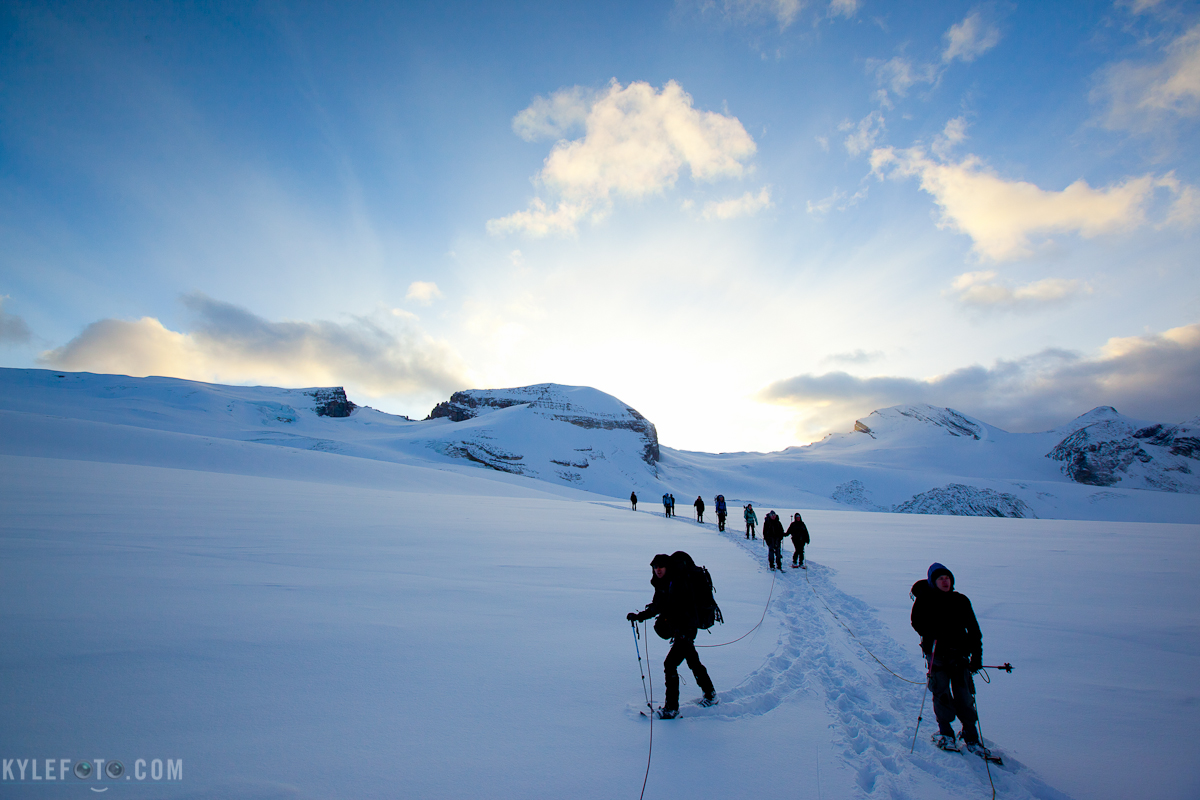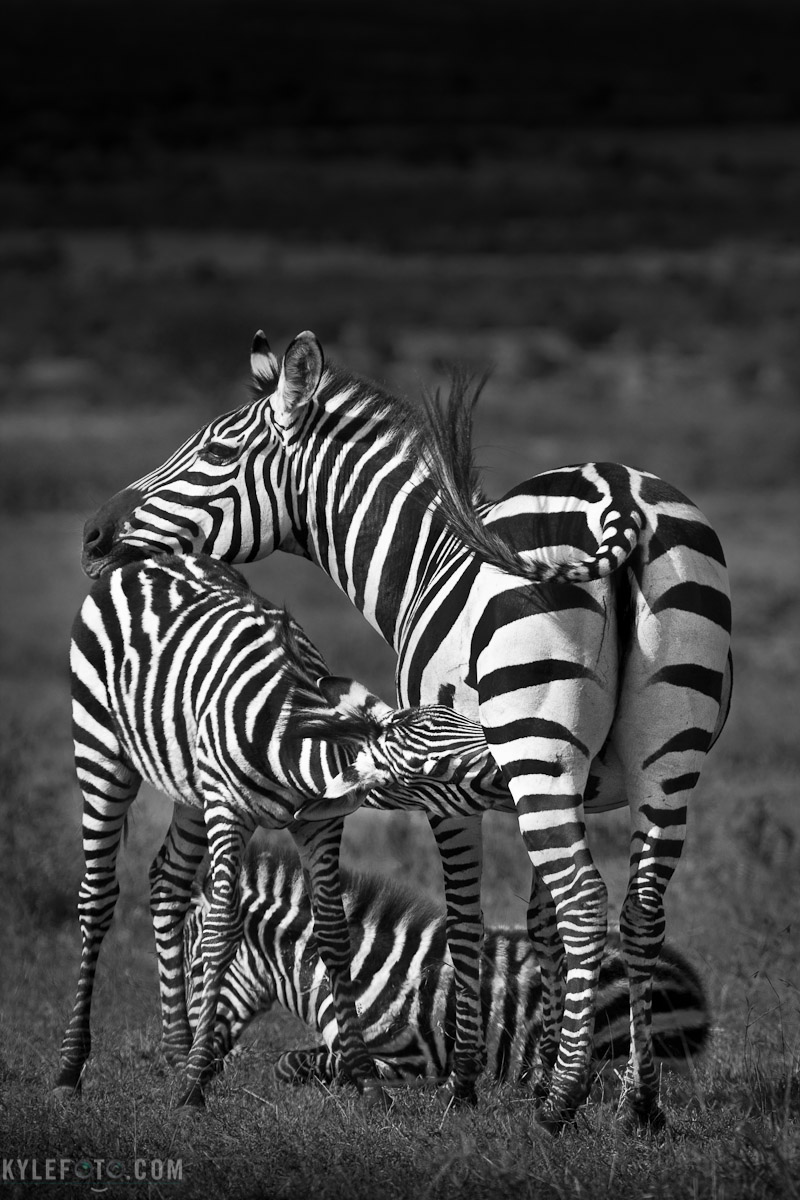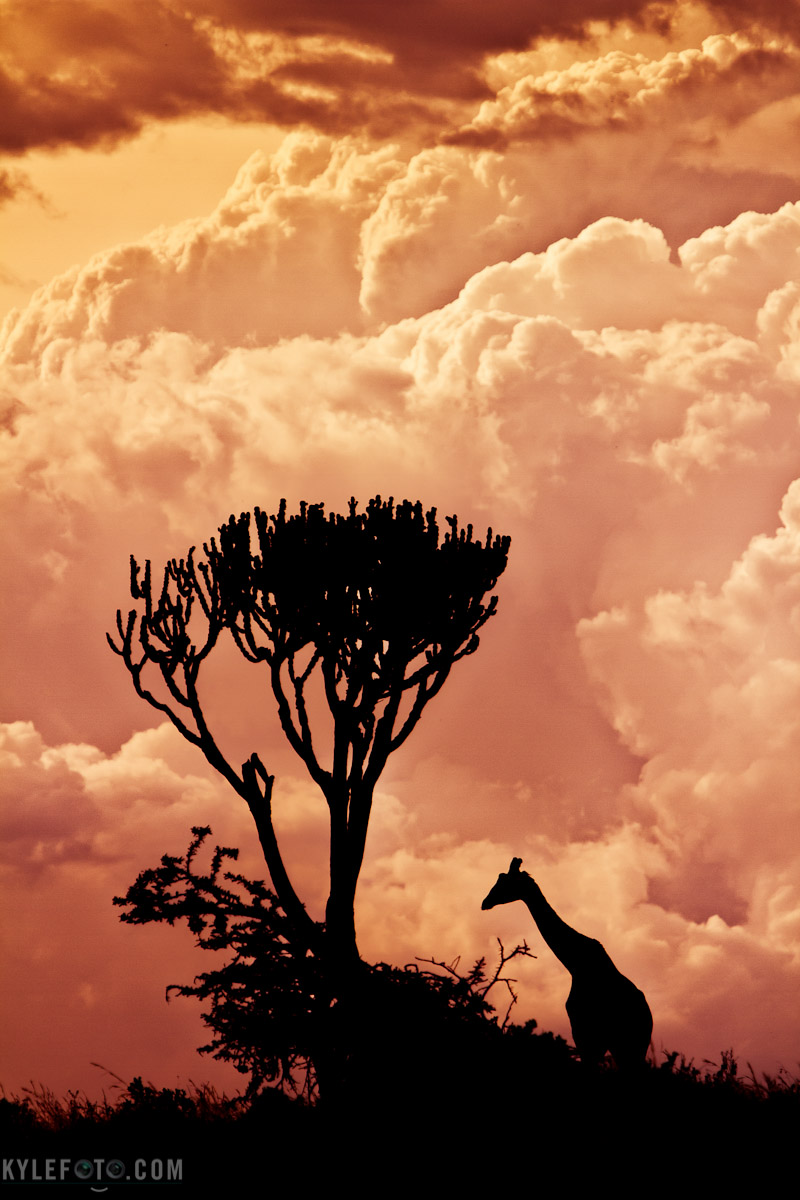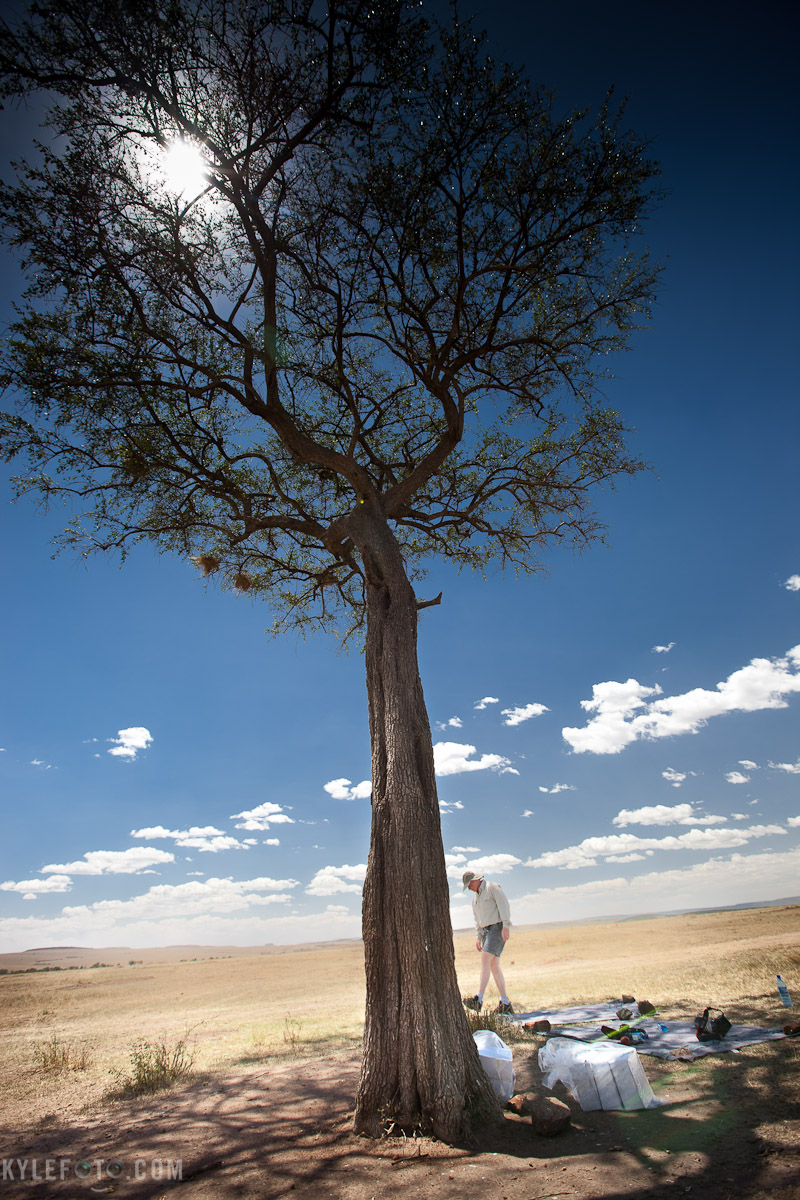
This shot commissioned by +Nature Conservancy of Canada was one of my favourite moments. A pretty violent thunderstorm was sweeping through as I sought shelter for me and my camera gear. I had previously frightened some cows (by accident) and was looking for a lake I had seen on google earth. Finally I found it and the cows were not happy to see me again. Although this time they realized I wasn't chasing them, and probably noticed I was behaving strangely. Because of this, many of them stuck around to see what I was going to do next. I was sticking around because I was expecting a spectacular sunset, I was not disappointed.
Photographic Details
As sunset was imminent, I knew that I had to be in a good spot for it. Having a tour of the land by local biologists and land owners I knew where a lot of good stuff was, but I could have ignored a lot of that advice. During sunset I wanted something else to add to the image, and reflections in water can give a photo an incredibly heavenly feel. Therefore I ended up on google earth looking for lakes. This seasonal pond was luckily quite full and in the perfect viewpoint for what I was trying to achieve: sunsets, prairies and mountains and hopefully some cows too. My camera is hovering about an inch above the surface of the water, causing the grass and moss growing on the pond surface to blur out and creating a surreal symmetry that most people aren't used to. It takes a bit of effort and trust, especially since I was basically mucking around in mud and cow feces, but it's all worth it!
If you like this, don't forget to check out the horseback expeditions that I'm teaming up with +Wayne Sawchuk on! http://www.kylefoto.com/horseback-expeditions/
For #thirstythursday curated by +Mark Esguerra and +Giuseppe Basile
#alberta #canadaphotography #canada #cows #moo #conservation #thenatureconservancy #googleearth #horsebackridingvacations
This post has been reshared 38 times on Google+





